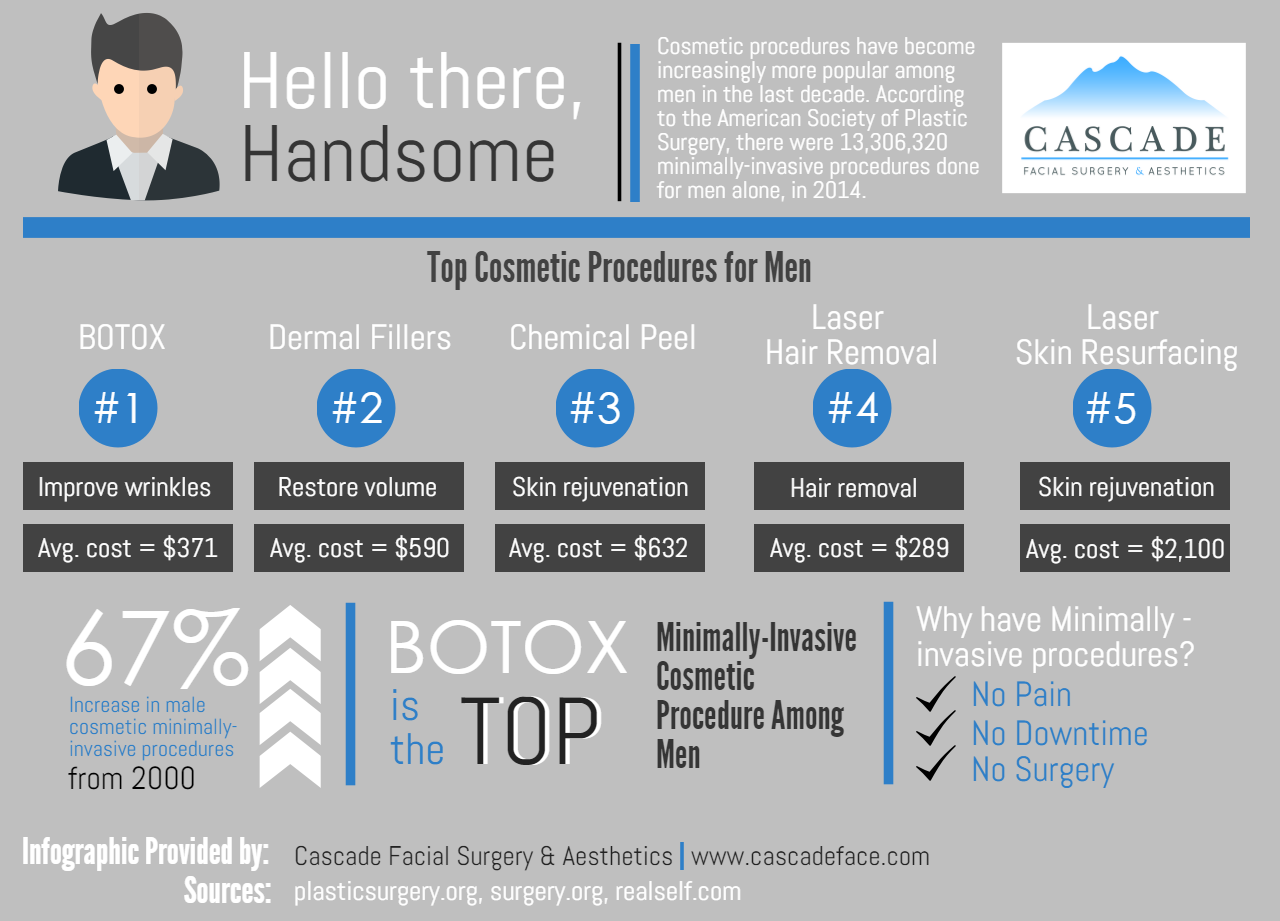How To Protect Skin From Urban Pollution
How To Protect Skin From Urban Pollution
Blog Article
Just How Does Photodynamic Therapy (PDT) Work?
Photodynamic treatment (PDT) combines a light-sensitive medication with special light to kill cancerous and precancerous cells. Your physician places the medication on your skin or inside your eye and afterwards radiates a light on the therapy location.
This combination kills malignant cells and saves healthy and balanced cells. Yale Medicine pulmonologist George Eapen, M.D., discusses just how this functions.
The Photosensitizer
Photodynamic treatment (PDT) makes use of a mix of light and a medicine called a photosensitizer to kill malignant or precancerous cells and extra healthy and balanced cells. You get an injection of the photosensitizer, which is after that triggered by light in your body. The photosensitizer is soaked up by both healthy and balanced and cancerous cells but isn't poisonous till it is triggered by the light.
Light-absorbing particles, called photosensitizers, are located in plants and animals, consisting of humans. There are lots of photosensitizers, yet the majority of are able to take in a details series of light wavelengths.
Once the photosensitizer is exposed to a light with a coordinating spectral array, it's converted from its ground state right into a thrilled singlet state. This enables it to transfer energy to molecular oxygen, creating singlet oxygen and free radicals that mediate cellular toxicity.
The Light
Throughout treatment, a special light is beamed on the location where the photosensitizer was used. This light triggers the medicine and damages cancer cells or precancerous cells that it has actually targeted.
The drugs that are used in photodynamic therapy have various absorption residential or commercial properties and several of them may take hours to leave regular cells yet remain much longer in cancer cells or precancer cells. This procedure allows the physician to target cancer cells a lot more precisely than other types of treatments that use noticeable light, such as lasers or electrocautery [54]
Photodynamic therapy can treat the earliest areas of sunlight damage known as actinic keratosis and can lower skin cancer advancement in individuals at high risk for creating the problem. It is additionally an option for some individuals with wet type age-related macular degeneration, which is an usual source of loss of main vision in older adults. It can not restore the loss of vision caused by this illness, however it can reduce the progression of abnormal blood vessel growth that triggers wet AMD.
The Activation
Photodynamic therapy (PDT) utilizes a medicine and light to treat cancer cells and various other skin disease. It targets precancerous cells and kills them. Unlike various other cancer cells treatments that burn and damage, this therapy kills precancerous cells while sparing healthy tissue.
The photosensitizer is provided into the skin via topical, dental or intravenous administration. facial It is soaked up by the growth cells and activated when subjected to light of a certain wavelength. This triggers a sequence of photochemical reactions that produces reactive oxygen types (ROS) that damage tumor cells and kill cancer cells.
PDT is most often made use of to deal with actinic keratoses and sitting squamous cell cancer (Bowen illness). It can also be made use of to deal with various other sorts of skin cancer, consisting of superficial basic cell cancer. It can be made use of alone or with other therapies, such as surgical treatment or radiation. It can also shrink tumors in the lungs, permitting surgery or various other therapy to be risk-free and reliable.
The Treatment
PDT functions finest in small abnormal areas of cells that a light source can get to, such as the skin, eyes, mouth or food pipe (oesophagus) and lungs. It is additionally utilized to deal with precancerous growths, such as actinic keratoses, which are sun-damaged cells that can become cancer.
Physicians administer the photosensitizer as a lotion or shot, and then beam a light on the therapy area. The light destroys the abnormal cells. While healthy cells take in the photosensitizer, it remains longer in cancerous cells.
After the treatment, your body naturally takes care of the dead cells. Individuals with lung cancer cells may experience spending blood or have a bronchoscopy to remove the lungs of the dead cells. In some cases, your medical professionals might use a bronchoscopy to eliminate the photosensitizer from the lungs too if it causes major signs and symptoms. It is necessary to stay inside and make use of sunscreen when you go outside while the photosensitizer remains in your system.